Although it is now located within the walls of Topkapi Palace, Hagia Eirene was connected to Hagia Sophia by porticos in Byzantium. They were both known as ‘’Megale Ekklesia’’.
History
Constantine I built a small church where a pagan temple existed before in the honour of the peace that came to the Roman world after long years of civil wars. Hagia Eirene became more important when the Second Ecumenical Council was held in 381 there.
When Hagia Sophia was burned down in 404, Hagia Eirene became the main church for 11 years. Howewer;it was burned down thoroughly in 532 in Nika Riots .
It was reconstructed as a domed basilica by Justinian. Damaged mostly by an earthquake in 740, Hagia Eirene was rebuilt by Constantine V in 753. Being the only church that wasn’t converted into a mosque in the city, Hagia Eirene served as an arsenal by Janissaries after the conquest of Constantinople.
Hagia Eirene became both the first ‘’Turkish Museum’’ and then ‘’ the Museum of Empire’’. It was also used as ‘’the Military Museum’’ between 1908 and 1978.
Architecture & Art
Hagia Eirene is an original example of a cross-domed basilica representing the Iconoclastic Art with its magnificent mosaic cross surviving today. Taken from the temple of Aphrodite, the marble stones & columns and the capitals bearing the monograms of Justinian & Theodora are the most striking relics of the church.
Atrium
The unique Byzantine atrium surviving today is unfortunately close to the visitors today. Once, it housed a part of the chain of Golden Horn, a silver statue of Empress Eudocia and a Byzantine church bell made of bronze. Today you can see a porphyry sarcophagus, believed to be the tomb of Constantine the Great in the garden.
Apse
The apse of Hagia Eirene is a very rare- maybe the unique example in Constantinople. The three windows symbolize the trinity in Christian world. And the synthronon (the stepped platform used by priests) is an attribute of Mount Golgotha where Christ was crucified. The Golden Cross (aka Golgotha Cross) that is outlined in black tesserae on a golden background is the most fascinating relic, surviving the Iconoclastic Period.
The arches of the apse are inscripted with two lines from old Testament in mosaic letters:
The inner arch reads: ‘’We shall be filled with the good things of thy house; thy temple is holy. (Thou art) wonderful in righteousness. Harken to us, o God our Saviour; the hope of all ends of the earth, and of them a far off on the sea.
The outer arch reads: ‘’It is he that builds his ascent up to the sky, and establishes his promise on the earth; the Lord almighty is his name’’
Dome
The drum of the dome is pierced by 20 windows and just the five of it is open now.
Note that museum card is invalid in the museum.


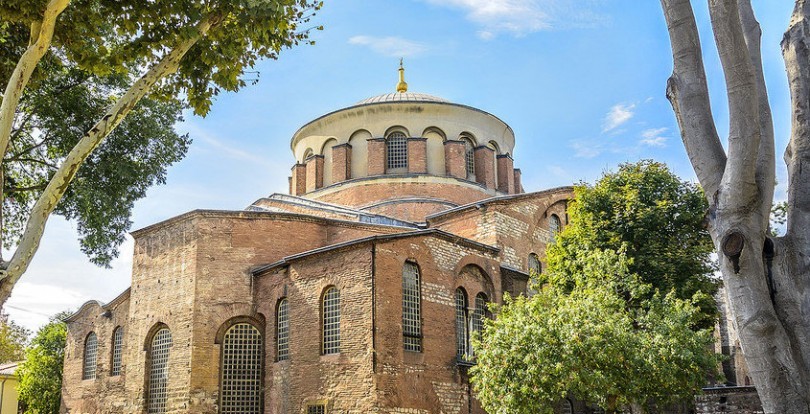
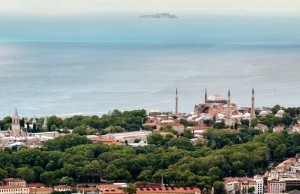

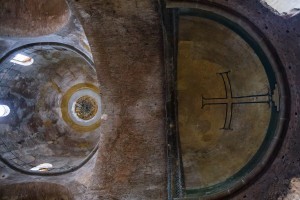
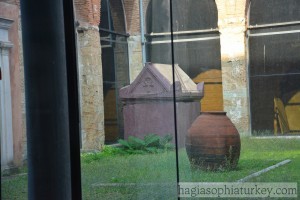
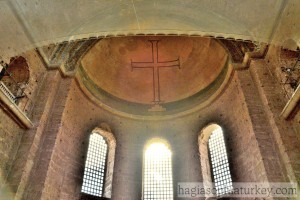



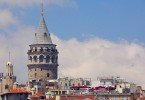
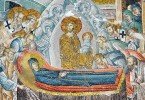
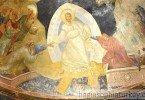

Many of the church-museums ae being converted back to mosques like Chora and Aya Sophia, Sts. Sergius & Baccus
You need to edit for typos, these make your efforts look and feel less than competent.